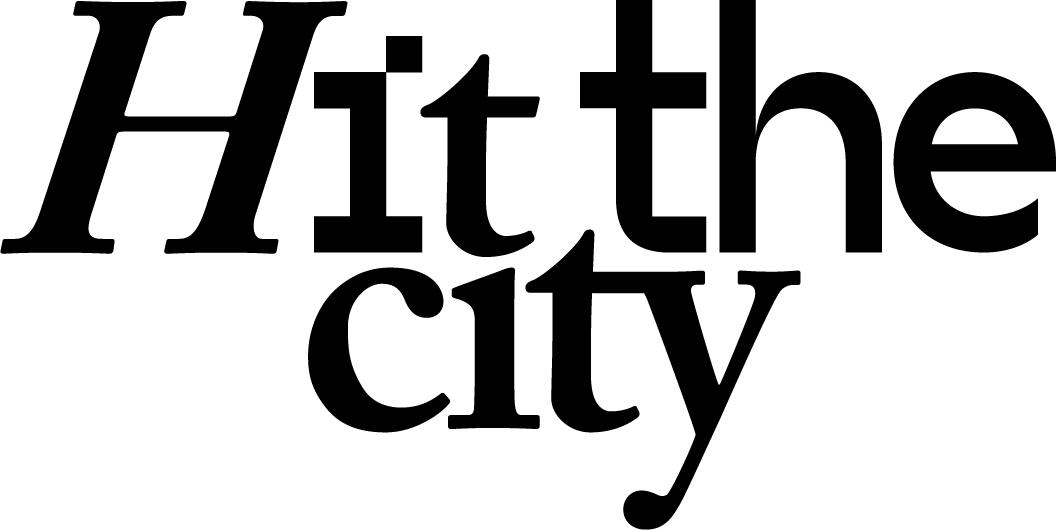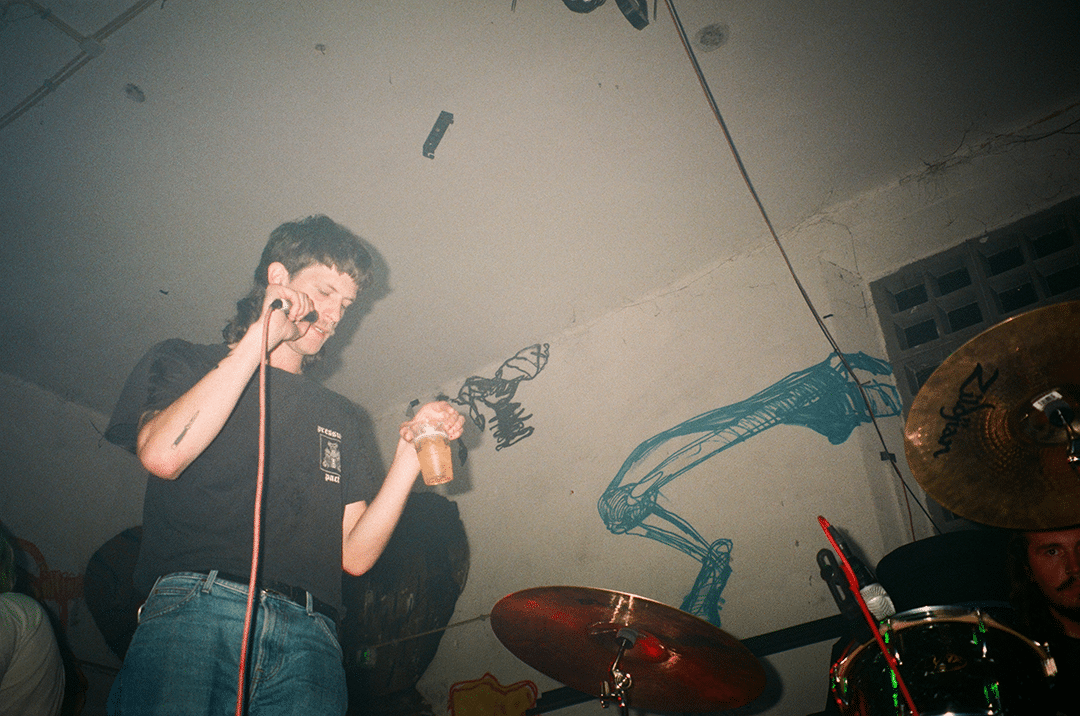'Without Stroomhuis, there would be no Tramhaus'
Author: Tijs Heesterbeek
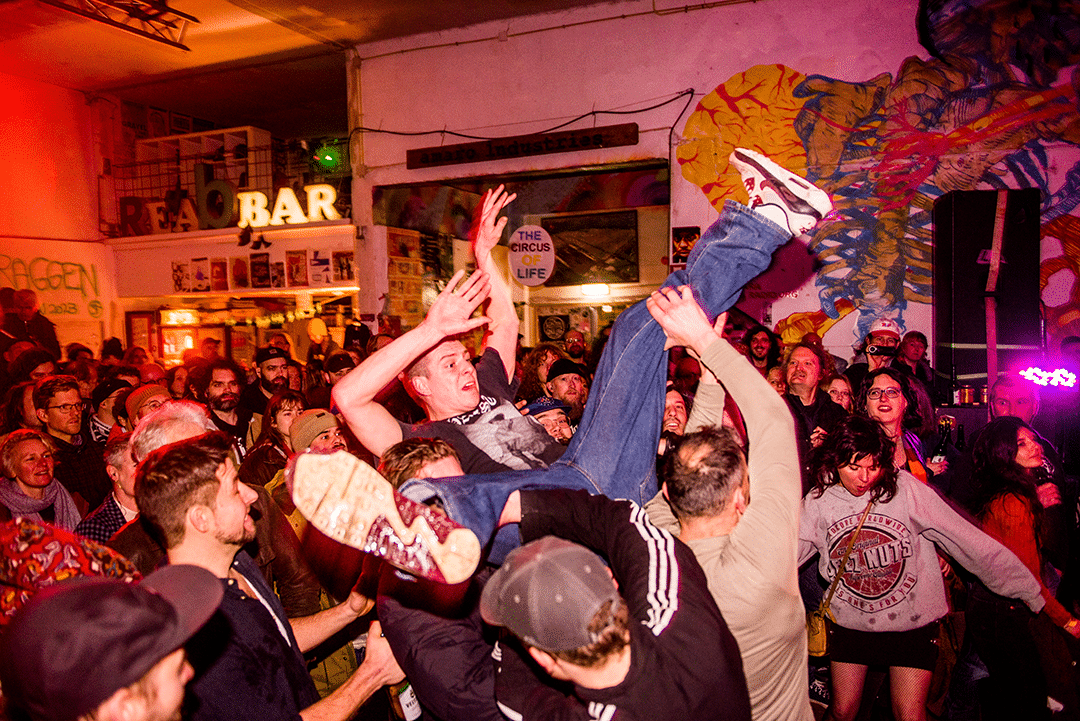
The Friday in Effenaar at Hit The City revolves around Stroomhuis. The iconic squat left an indelible mark on Eindhoven’s underground scene – and far beyond – in just two decades. Not only through gritty gigs and dark dance nights, but also as a free haven for artists and musicians. The building was tragically destroyed by fire, but the drive to keep Eindhoven’s DIY culture alive still burns strong among its former residents.
The term ‘residents’ is meant in the broadest sense here. Rosalie Braamkolk actually lived in the building and had her studio there. A Design Academy graduate, she built a scale model of Stroomhuis that has been touring Eindhoven, already on display at Stadhuis and the Van Abbemuseum. Eva Raaijmakers, who graduated from the art academy in Den Bosch, may not have slept there, but spent much of her time working at Stroomhuis. Her concept Folk Punk Take Over was even born there. With a manifesto in hand, a new foundation in the works, and plenty of plans for the future, the building may be gone, but the DIY spirit is very much alive.
"We have to keep going"
It was striking. Just hours after Eindhoven woke up to the news that Stroomhuis had gone up in flames, its social media accounts posted a bold statement: “WE HAVE TO KEEP GOING,” referring to a band night that was swiftly moved to Burgers that same Saturday. These words suddenly became the slogan for all activities that sprang up around Stroomhuis – from selling screen-printed posters at shows to an art auction during Dutch Design Week. The people behind Stroomhuis didn’t stay in a victim role for long.
Rosalie recalls the sudden surge of energy after the fire: “We switched on immediately. The button flipped, and we just started running. Someone had to talk to the press, the fundraiser had to be set up, the money coming in needed to be distributed properly. So much was coming at us, and after a few months you suddenly look around and think: ‘Where even are we? What are we actually doing? Who are we? What does all of this mean?’”
Eva adds: “I remember at some point we looked at each other and thought: maybe we’re just running so hard so we don’t have to look back. But at the same time, I felt: this simply has to be done. Someone has to do it.”
Rosalie, laughing: “Maybe it was a bit of trauma processing, yeah. But with all the support and help, you simply can’t sit back and do nothing. You suddenly feel this responsibility. Clearly, people found Stroomhuis really important – you can’t just shrug and say: ‘well, that’s too bad… bye.’”
Support poured in from expected and unexpected corners. Across the country – and even in England – fundraisers were organized to help Stroomhuis. Rotterdam band Tramhaus, who also play Friday at Hit The City, was among those who stepped in. Guitarist Micha Zaat remembers Stroomhuis fondly:
“My first memory of Stroomhuis was with my old band Pig Frenzy, maybe seven years ago. To me, Stroomhuis always teetered between total chaos and an incredibly well-oiled machine, powered by people who poured their hearts into it. In the end, it really was the latter: the people who made it what it was. That will never be forgotten.”
The band acted quickly: “When we heard the news, we were on tour. Everyone was shaken and stunned. You want to give people space to grieve, but soon the idea came up to organize a benefit night in Rotterdam. That’s really the best thing you can do: direct action.”
Nieuw Eindhovens Peil
After the fire, help and shelter quickly arrived. Rosalie and Eva both got studios at TAC, rent-free for the first six months. Bands practiced at POPEI, De Oefenruimte, or Plan B, and the recording studio was relocated to people’s homes, including that of Koen Verhees from SØWT. Rosalie chuckles: “We were already very DIY at Stroomhuis, but now we had to get even more creative to make things work.”
That DIY drive has since taken shape as a foundation. With Nieuw Eindhovens Peil (NEP), the collective behind Stroomhuis is building a platform for non-mainstream events, aiming to let Eindhoven’s alternative culture thrive. The foundation has already organized several nights, such as Barnyard Boogie at Dynamo, Folk Punk Take Over at Muziekgebouw, and band nights at Burgers. But they want more, says Rosalie: “NEP itself has to radiate the DIY spirit. We’ve got knowledge and networks we can share. Not just for organizing events, but also providing spaces, setting up educational programs, helping with grant applications or budget management. If someone comes to us saying, ‘I want to organize this or that,’ we can help in every way possible.” NEP even has a manifesto, distributed as flyers at their events.
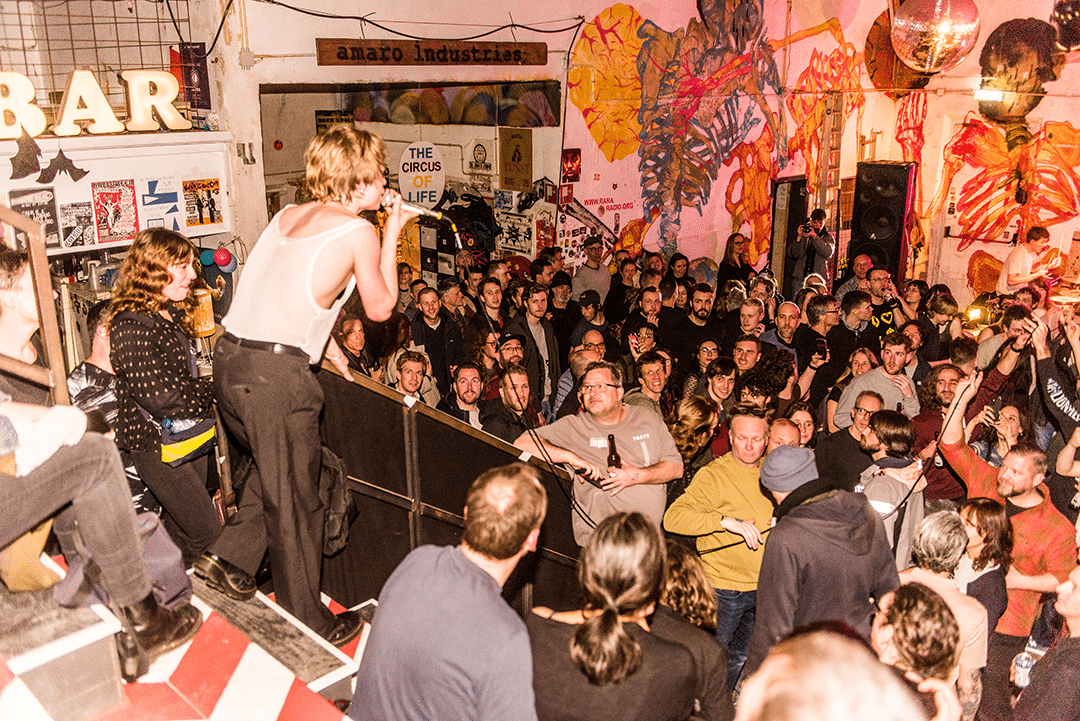
A new location?
For now, the foundation is still run from TAC studios and someone’s home address, but will they eventually want a space of their own again? Rosalie:
“There was an article recently saying we might move to Microstad. We’re still in talks and it’s an interesting spot, but not an easy one. They’ve got cool ideas, but do we really fit in there? With their rules and the rent? Are we even ready as a group? I don’t know yet.”
Eva also has doubts: “The skills we developed at Stroomhuis don’t all apply the same way when you don’t have a building. You have to relearn how to function as a group outside of that. We’ve managed that pretty well. But the structure inevitably changes once you have a building again, with new rules and a new organization.”
Still, the desire for a new place is clear. Rosalie even graduated with a project envisioning a modular space for DIY culture, with shipping containers as the key building blocks: “I researched how such a space could function. New construction automatically comes with high start-up costs, foundations, concrete, regulations – all barriers to accessibility. With containers, you avoid that. The budget is much lower, they’re flexible, and everyone can shape them themselves. Many cities already have container complexes – Rotterdam, Amsterdam, Berlin. A container village on the old Stroomhuis site would be perfect. It’s close to Knoop XL, and that area won’t be redeveloped for another 15 years. We could apply for a temporary building permit, which coincidentally maxes out at 15 years, so it all fits neatly. And once construction starts, we can just move the containers elsewhere – no foundations to worry about.”
That underground venues like Stroomhuis matter to bands like Tramhaus is clear, says Micha: “These kinds of places are indispensable. Without them, there’d be no Tramhaus. Our first steps were in spaces like that. And the DIY spirit of venues like Stroomhuis still runs through our music. You do it together, you’re part of a collective – that’s the simple credo.”
And about Eindhoven’s underground scene, he adds:
“We’ve always admired the scene there. Especially the Stroomhuis crew, who are still around, seem like a tight-knit group of friends. They support and challenge each other. SØWT, for example, is one of the best bands in the Netherlands if you ask me. And really lovely people too.”
Passing it on
Rosalie will present her research during Dutch Design Week’s Graduation Show. But there’s more. Along with the container village model, the foundation is launching a new zine. Rosalie: “It’s kind of a DIY tutorial with tips: how do you organize your own concert or rave? How do you set up your own festival, with Skinfest in Mierlo as an example? Someone from Rararadio gives advice on starting your own radio station. It should become a bundle we can hand to young people who want to organize cool things in the city. That’s also where NEP comes in – we want to create and document things to pass on to the next generation.”
Eva underlines the importance of passing on that knowledge: “In the end, you want to create a place for the next generation to develop as freely as we did at Stroomhuis. We learned a lot from the older 2B generation (2B was a squat behind today’s Effenaar with studios and rehearsal spaces), and you want to pass that on again – in a safe space where you can experiment. And sometimes fail.”
That things should stay a bit raw and unregulated is obvious to her: “It doesn’t all need to be safe. You need to fall in order to learn. Like in the skate scene – every fall teaches you something.” And then, laughing: “I can’t skate because I never dared to fall. But in other areas, I’ve learned how.”
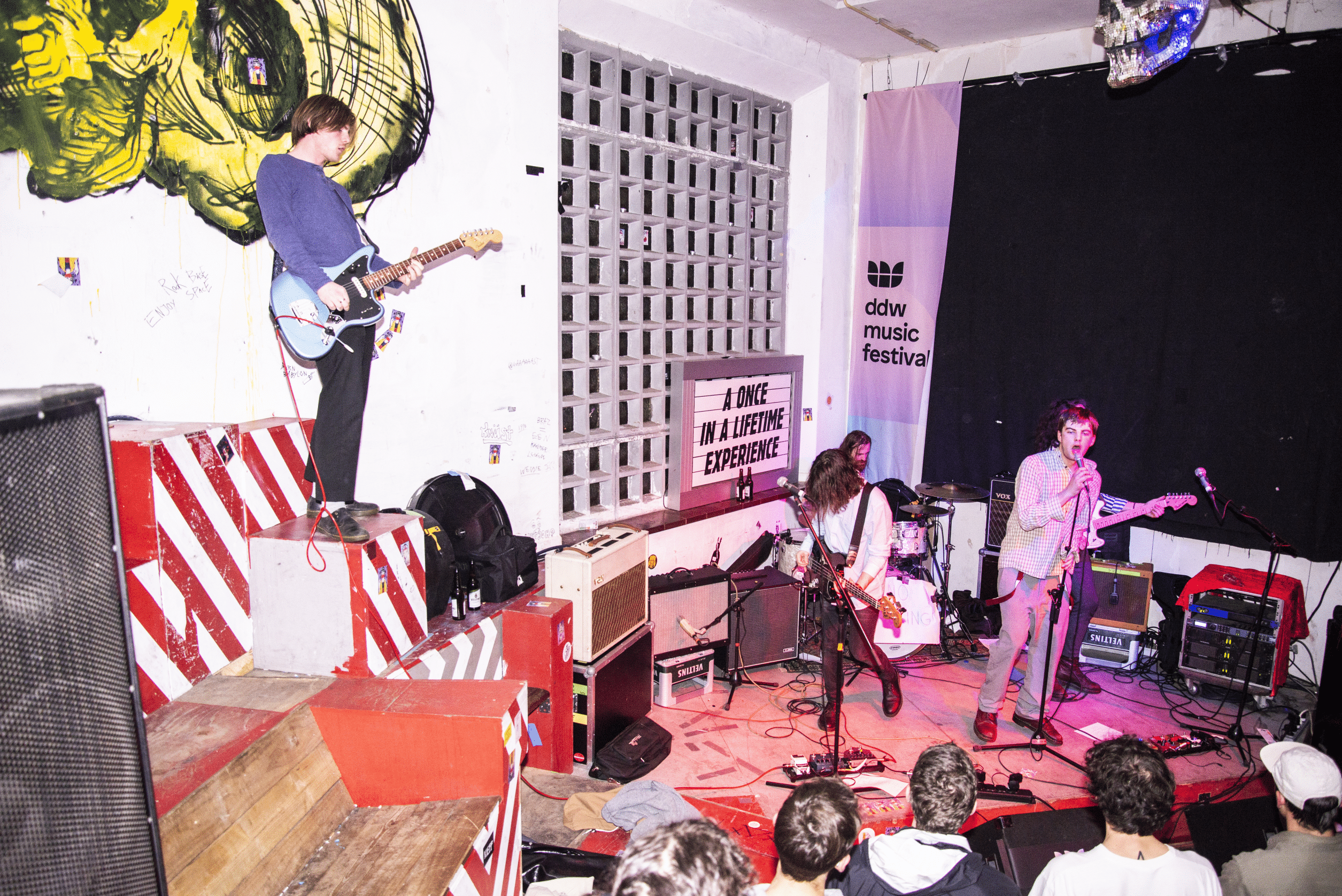
An ode to Stroomhuis at Hit The City: the line-up
Effenaar (Main Hall): SØWT / The Chisel / Tramhaus
Effenaar (Small Hall): Lézard / Slow Fiction / KEG / DITZ / Stroomhuis DJ’s / Grote Geelstaart
